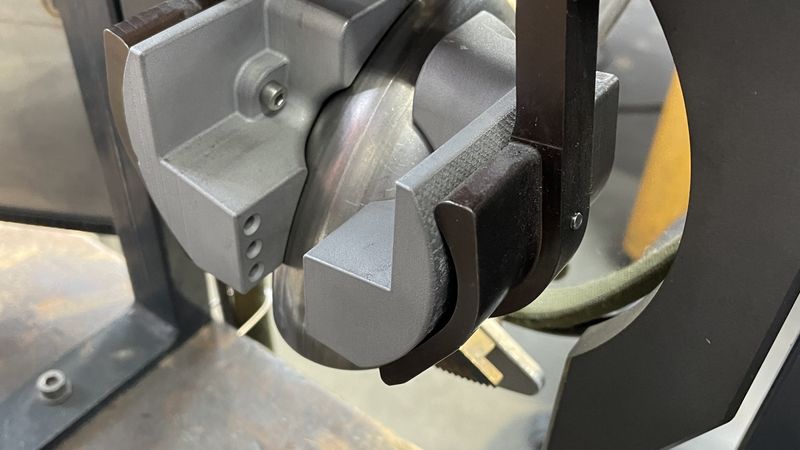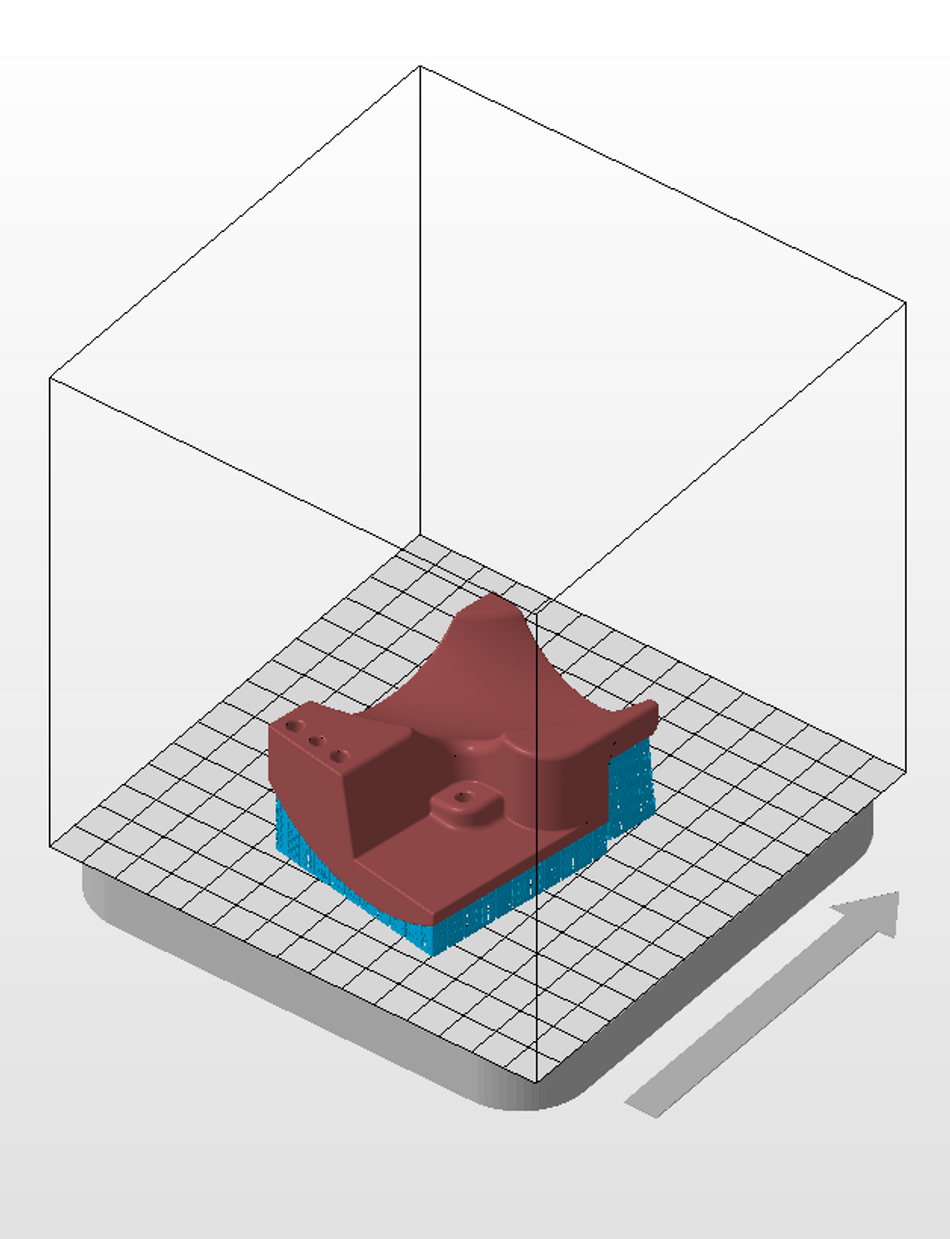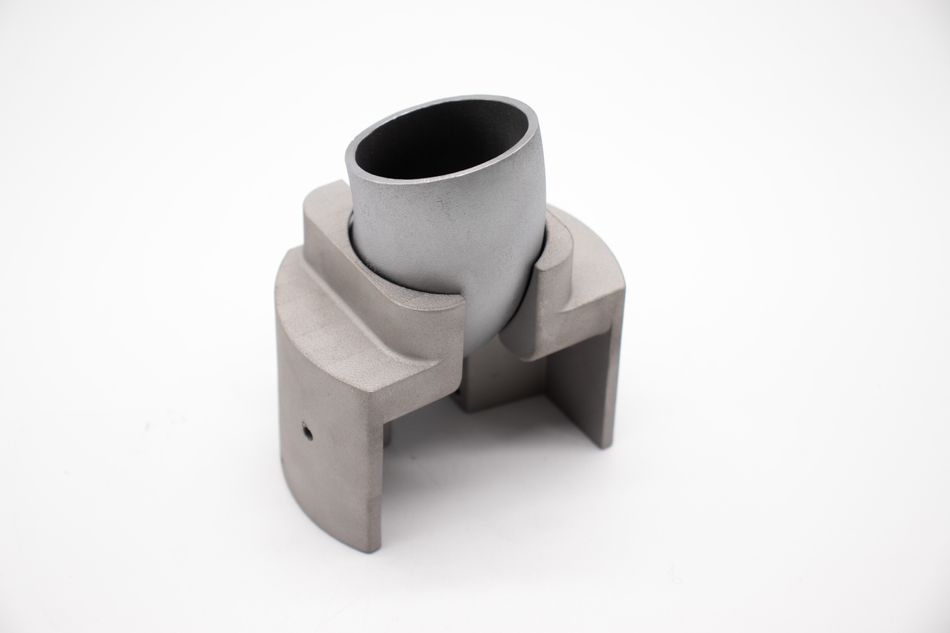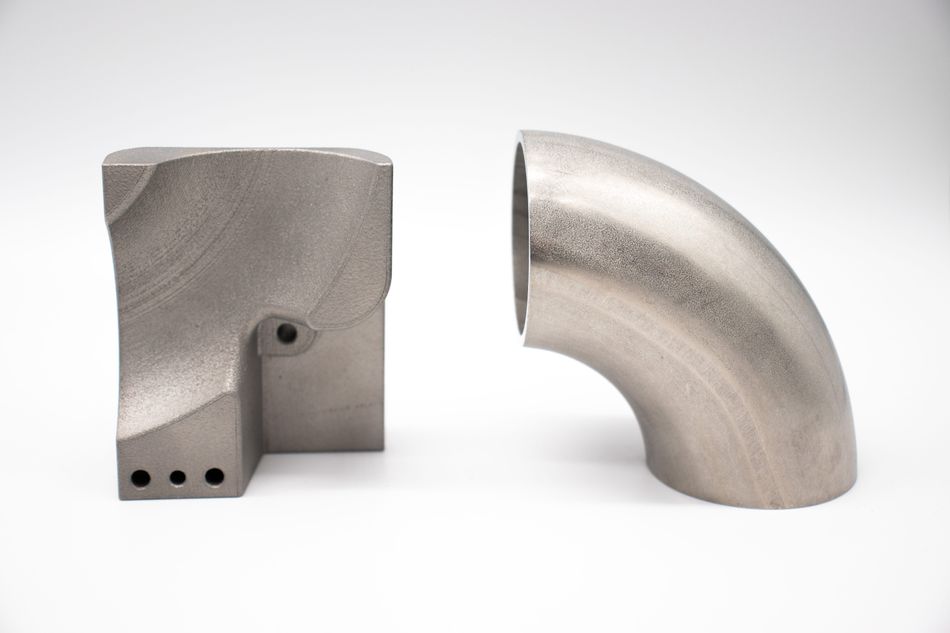Metal 3d printing in fixture construction
Metal 3D printing has emerged as a game-changing technology, also in the construction of custom fixtures. The perfect example for this is the case study on Hoedtke Metall- und Lasertechnik, which illustrates how metal additive meets the demands of complex projects and delivers significant advantages
The Challenge: Overcoming Limitations of Conventional Methods
Hoedtke Metall- und Lasertechnik, a company with over 85 years of experience in metal processing, faced a unique challenge. A customer required the production of safety-relevant pipe bends, which needed to be welded using an orbital welding system due to safety regulations. However, the geometry of the pipe sections made it impossible to clamp them using standard fixtures. The conventional approach would have necessitated significant modifications to the welding system, leading to increased costs and extended lead times.
The Solution: Custom Fixtures through Metal 3D Printing
To resolve this issue, Hoedtke turned to metal 3D printing, specifically using Laser Powder Bed Fusion (LPBF) technology. By designing and producing customized clamping jaws that perfectly matched the curvature of the pipe bends, the company was able to create fixtures that could securely hold the pipes in place during the welding process.
This approach allowed for the direct transition from CAD models to functional parts without the need for the lengthy preparation processes typical of traditional manufacturing. The entire production cycle, from design to final use, was completed in a mere few days—significantly faster than conventional methods.
Benefits of Metal 3D Printing in Fixture Construction
Significant Time Reduction: The lead time for producing the clamping jaws was reduced by 64%, thanks to the streamlined process chain. The ability to quickly transition from design to production without intermediate steps like tool creation or material procurement was a key factor in this efficiency.
Optimized Design Flexibility: Metal 3D printing enabled the creation of fixtures with complex geometries that would have been impossible or highly impractical with traditional manufacturing methods. The resulting clamping jaws were not only functional but also highly customized to the specific requirements of the pipe bends, ensuring reliable and secure welding.
Cost Efficiency: By eliminating the need for extensive modifications to the existing welding system and reducing the overall workload, metal 3D printing offered a cost-effective solution. The ability to quickly produce additional or modified fixtures as needed further enhanced this benefit.
High Mechanical and Thermal Load Capacity: The clamping jaws, made from stainless steel 1.4404/316L, demonstrated high durability and resistance to the stresses of the welding process. This ensured the longevity and reliability of the fixtures, providing a robust solution for the customer’s needs.
Conclusion: A Future-Ready Approach
The case of Hoedtke Metall- und Lasertechnik demonstrates the great potential of metal 3D printing in fixture construction. By leveraging this technology, companies can achieve unparalleled design freedom, significant reductions in lead time, and cost savings, all while meeting the complex demands of modern manufacturing processes.



